Nutrition
How to Fuel Your Hiking Habit
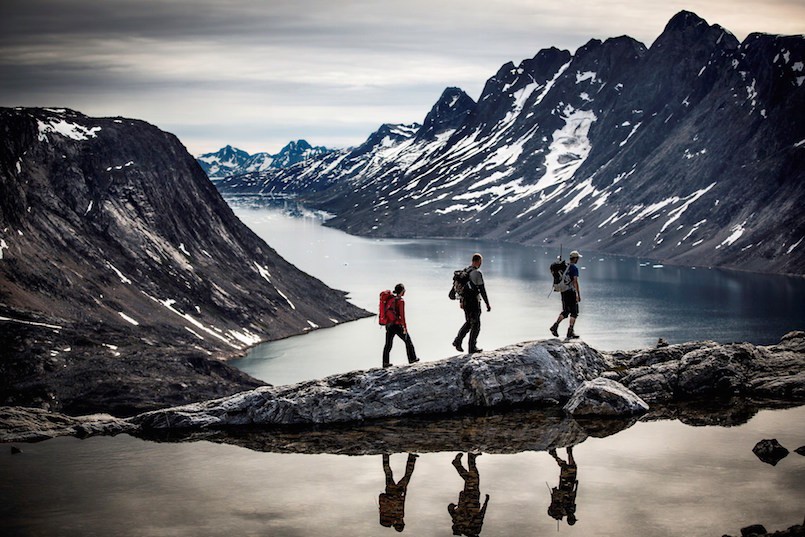
Image: Greenland.com
Most of us prefer to leave everything on the trail, pushing ourselves further and farther, in effort and distance. We want to lace up our boots, take the first step and not look back until we’ve worn ourselves down. We love the sore muscles and aching feet that come with a long, hard, but altogether immensely satisfying hike. Our bodies being pushed to their limits make them stronger and harder, capable of more each and every time we get out and move on to our next challenge.
This kind of dedication to the outdoors, to hiking and exploring, comes from a love we have for the earth and everything it has to offer. It also requires a lot from our bodies, which is why fueling our addiction through proper nutrition is key to a long and sustainable outdoor lifestyle. This means not only eating the right foods, but also eating enough of the right foods. In a diet-crazed society we often forget that eating enough is important. Getting enough calories into your body is key, and that means consuming as many calories as we’ve burned from our activities, and sometimes more.
Taking a look at the per hour calorie burn from hiking is the first step. If you want a quick rule of thumb, humans burn roughly 2.7 calories per pound of body weight per hour while hiking or trekking over semi-even ground. This assumes you’re not carrying any gear, and you can add roughly 10-30 additional calories burned per 10 pounds of gear per hour. A 150 pound human carrying 15 pounds of gear on your standard hike will be burning somewhere in the neighborhood of 435 calories/hour. For a 200 pound person carrying 20 pounds of gear, that count jumps to 600 calories/hour burned (1,800 total). That’s a healthy number of calories, and your body needs them at its disposal to keep moving.
How and when should you get these calories into your body? Ideally you’ll consume half of your planned calorie burn before hitting the trail. So, for a 3 hour hike with 20 pounds of gear for a 200 pound person, about 900 calories should go into the body anywhere from 1-2 hours before the hike. This seems like a lot of calories, but let’s break it down for you.
If planning the hike above, you might consider a breakfast like this:
- 2 Cups of cooked oatmeal (316 calories)
- 3 Eggs, scrambled (273 calories)
- 2 Pieces of turkey bacon (84 calories)
- 2 Cups of whole milk (206 calories)
- Optional, Swap 2 cups of strawberries or 1 cup of blueberries for 1 cup of oatmeal.
That’s a pretty big breakfast. It’s high in protein and healthy carbs, and it comes in at 879 calories. That’s a great start to your hike. The calorie needs drops pretty quickly as the weight of the hiker drops. For someone who is 150 pounds, you can skip the whole milk, or cut out 1 egg and the turkey bacon. Further still, someone at 115 pounds can have 1 cup of oatmeal, 2 eggs and 1 cup of whole milk. Adding things like sugar, nuts and dried fruit to your oatmeal with drastically alter its calorie total, so be sure to adjust accordingly.
Now, those are guidelines, but body composition matters as well. A man weighing 200 pounds with 10% body fat is going to burn more calories than a 200 pound man with 15% body fat, so the caloric intake needs to adjust accordingly. The reason is that muscles burn more calories than fat. Well, muscles burn calories and fat won’t. How many calories? There is debate on that subject, but my general rule is to reduce your caloric needs on a 2:1 ration for each percentage of body fat over 10%. Think of it this way, the above example is for a fit male with 10% body fat. If someone has 15% body fat, they ought to reduce their calorie intake by 10% — (10%-15%) x 2= -10%) — making their pre-hike caloric need 810.
In the middle of your hike we recommend eating about another 50% of you total calorie burn. This could come in the form of 11⁄3 of a cup of trail mix, or the same amount in a black bean salad. This snack is going to help replenish the calories from breakfast that you’ve completely burned off at this point in your hike. You may ask, why not have more?
The answer is that you’re wearing down your body and muscles when you hike, and they aren’t going to be repaired until after you stop for at least 30-60 minutes. There is no point in eating those calories if they aren’t going toward replenishing your body so it can recover. That, and eating too much while exercising is a nauseating experience. It’s best to save the next big meal for after your hike.
Once you’ve done all you can for one day, or you’ve met your goal, it’s time to replenish your body. At this point you want to have at least 900 calories. This can be any full, balanced meal, but having something like a banana right before the meal will help your body use it to repair the muscles you’ve undoubtedly worn out during your hike. We’re proponents of making this meal high in protein, high in fiber, and lower in carbs. You could also just skip the banana and include a sweet potato with your meal. Either option is great.
Using the same 200 pound person, a good post-hike meal would be something like the following:
- 1 Pound of grilled chicken breast (742 calories)
- 2 cups of steamed/roasted broccoli (62 calories)
- 1 sweet potato without butter, 5″ long (115 calories)
- Water with electrolytes (0 calories)
This meal is going to total just over 900 calories, which is a good start. It’s high in protein, fiber and healthy carbs. If you don’t want the carbs, try swapping out the potato for ½ a cup of avocado.
Considering the average sedentary man burns between 2,000 and 2,600 calories a day (1,600-2,000 for women), the total number of calories used over the course of our 200 pound example’s day is going to be in the neighborhood of 3812 calories. By the time he is done with his hike and the meal after it, he’ll have consumed 2,228 calories (with our menu), leaving something in the neighborhood of 1600 left to cover. Could your post-hike meal be larger? Absolutely, and that meal could go as high as 1500-1800 calories. What is going to determine how big to make that post-hike meal is what you plan on having the rest of the day. A mid-afternoon snack of 450 calories would leave 1150 for your dinner. Is it healthy to save the biggest meal of the day for dinner? Probably not, but that is often how Americans eat, so we wanted to allow room for gorging once you begin to gain some energy back after hitting the trail.
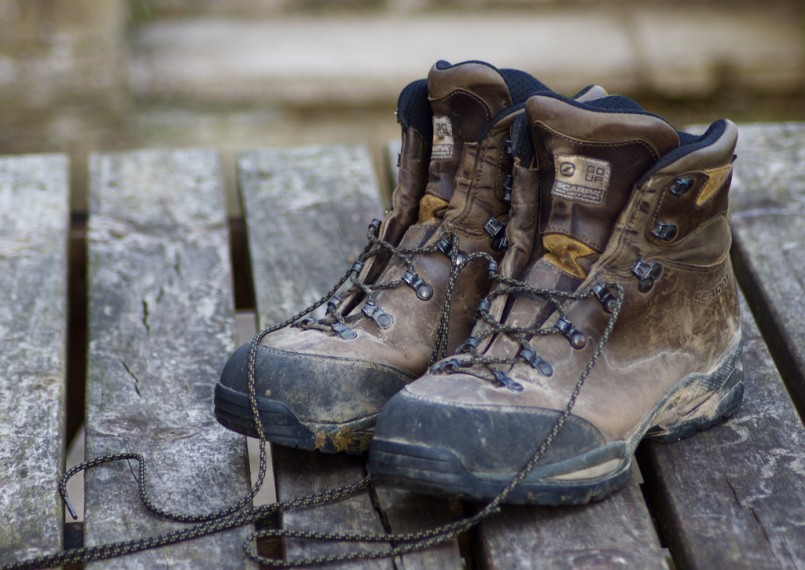
By: Matthew Hillier
The whole point of this article, and its annoying math and calorie talk, is that we all need to feed our bodies so we can feed our addiction to the outdoors. A healthy, outdoor-based lifestyle can’t be lived and enjoyed without taking care of our bodies and making sure we eat right. People who have been doing this for years probably learned this lesson long ago, but for those just starting out we wanted to cover this side of the hiking/trekking equation. Not fueling our bodies can have serious implications.
Up to this point we’ve been discussing nutrition in the context of just fueling our bodies and replenishing what we’ve burned, but many people take up hiking as a way to lose weight. So, how many calories should you eat if you’re trying to lose weight? Just subtract 500 from what you expect to burn. Don’t starve yourself, because you want weight loss to come slowly and gradually. This ensures than you’re still able to maintain the muscles you have and focus on losing fat. You might be able to push it to a reduction of 750 calories, but we wouldn’t suggest anything more than that.
There was a bunch of information in this article. If any of you are interested in the formulas to calculate all of the above information just say so in the comments and I’ll come back to add them. Otherwise, get out and get on.

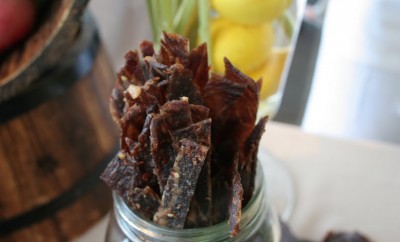
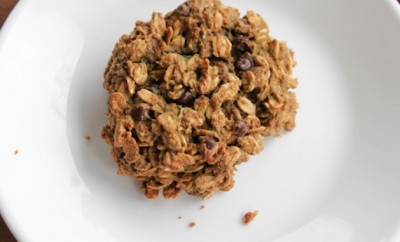
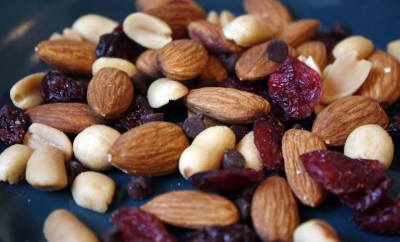

0 comments